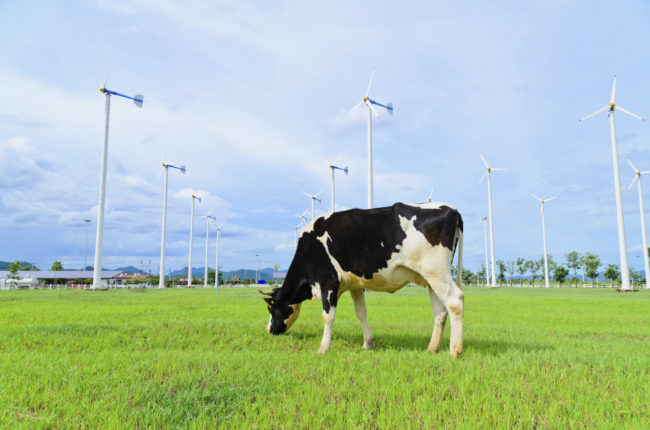
By: Erin Fitzgerald, U.S. Dairy Innovation Center
November 19, 2014
When it comes to improving food production’s environmental footprint, one organization – or even one segment of the supply chain – cannot do it alone. All of the factors that go into creating sustainably sourced nutrition intersect. It’s where soil vitality affects water use, where labor practices affect animal well-being and where farm practices affect human health.
But the goal is simple: optimize and adapt to get more output with less inputs.
To set the course for sustainable food in the 21st century, broader participation is needed. So the World Wildlife Fund interviewed a diverse group of 52 thought leaders to produce this whitepaper and take a step forward. The effort bridges voices from throughout U.S. food production and environmental science—from dairy farmers to members of academia and government.
The dairy industry has already made strides through technology and collaboration. We’re developing Smart Tools to measure progress across the supply chain. We’re demonstrating the potential value of anaerobic digesters to turn manure and food ‘waste’ into energy. And we’re improving cows’ nutrition and health. Finally, we are finding out that even small changes such as changing light bulbs can have a huge impact when multiplied by everyone working together across the value chain.
Lasting change will come from identifying and filling research gaps and uncovering which investments will deliver the biggest returns. For example, already we see the potential of drones for collecting data on crop development to help us maximize water and nutrient usage. What could that data tell us about soil carbon and yields?
There’s only one way to find out and advance key innovation and science for agriculture. And those findings won’t just help us operate more efficiently. They’ll help feed a growing population, conserve biodiversity and uncover a more holistic story to tell consumers about dairy’s farm-to-table journey. I agree with the interviewees in the report that we have to think differently about innovation and research in the public and private sector. It is vital to have public and private sectors collaborating on innovation and research improvement through policies, subsidies, prizes, and more.
As the paper points out, we are on a very exciting continuum and journey. There is no one answer but we have to be committed to explore the possibilities of shared goals and act on findings. We also need accessible and credible metrics to focus our efforts on sustainable nutrition outcomes. That would allow us to have information to talk about where we are on the continuum and how we are doing relative to improved soil, water use and quality, carbon, and productivity.
We know from our science that the U.S. Dairy industry is a leader in this discussion and we also know we have tremendous opportunity to still do more. Knowing our impacts and possibilities for improvement in real meaningful ways will help the dairy industry to demonstrate their existing and future commitment to the landscape every day and be able to communicate that commitment to the land more effectively.
Both incremental and transformational improvements across the system are what’s needed to succeed. What are your thoughts on how to make progress in sustainable nutrition?


